The 5 key benefits of noise barriers
Effective noise reduction and sound insulation
Visual separation and protection from wind and dust
Compliance with local noise regulations
Durable, eco-friendly, and weather-resistant
Improved traffic safety along roads and highways
Types of noise barriers
One of the most common sources of noise pollution is traffic—cars, motorcycles, trucks, and public transport. Especially in urban areas and alongside highways, the constant sound of traffic can be a major disturbance. There are various types of noise barriers designed to reduce noise pollution and improve the living environment. Depending on the desired effect and surroundings, noise barriers can range from solid, hard materials to innovative green solutions that also support sustainability and biodiversity.

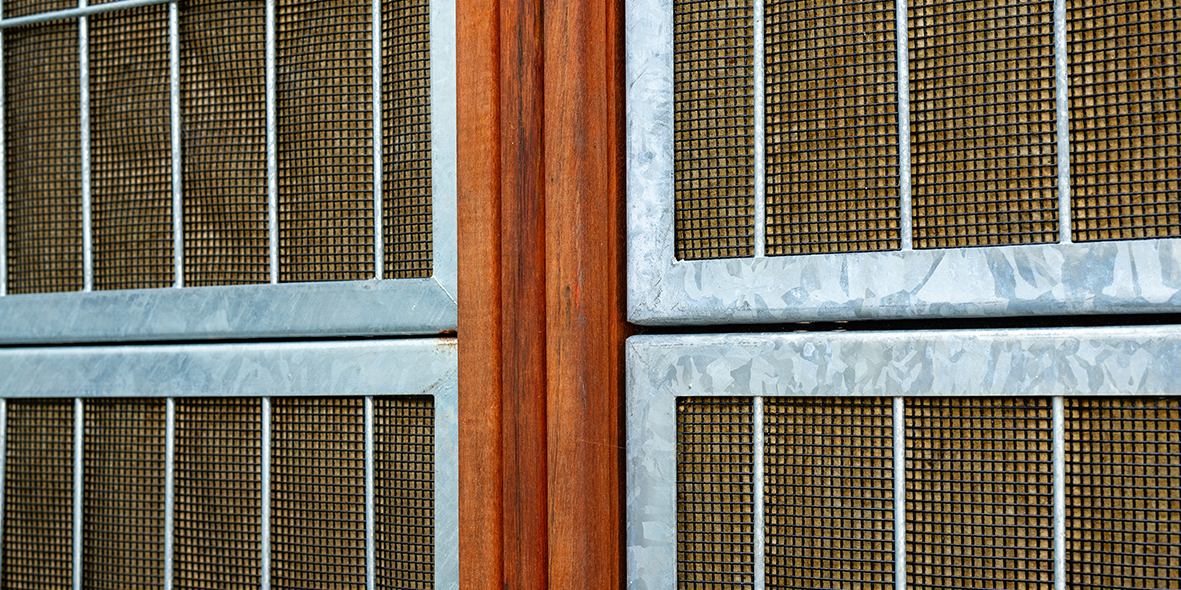
Acoustic noise barriers
Sound-absorbing panels made of compressed stone wool that reduce ambient noise by absorbing it rather than reflecting it.
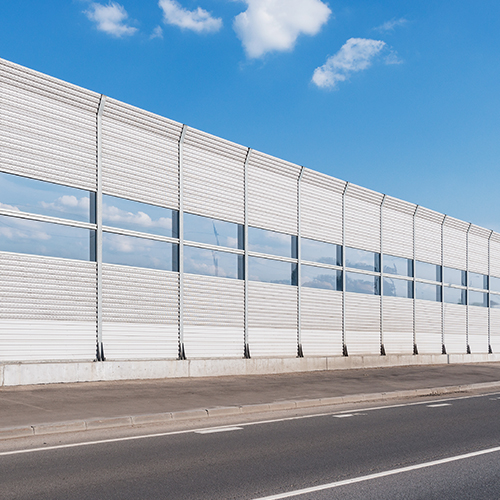
Traditional noise barriers
Solid barriers made of materials such as concrete, wood, or metal that block traffic noise and offer a cost-effective solution.
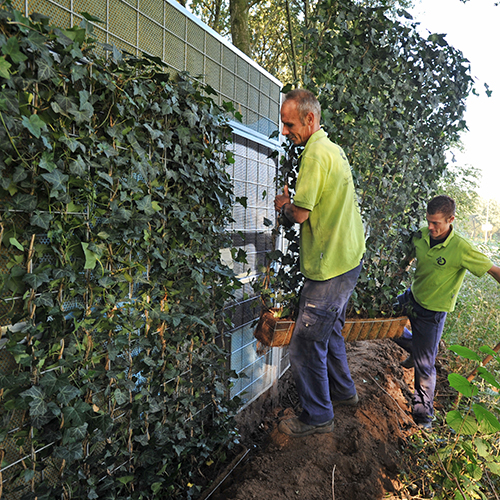
Green noise barriers
Sustainable systems with live vegetation that reduce noise, improve air quality, and support biodiversity.
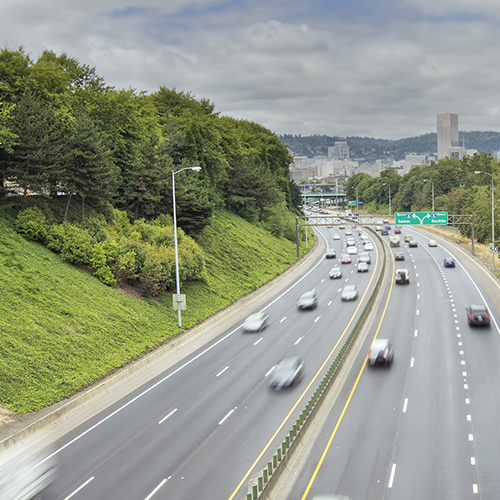
Earthen berms
Natural mounds, often covered in vegetation, that blend into the landscape and provide eco-friendly noise reduction.
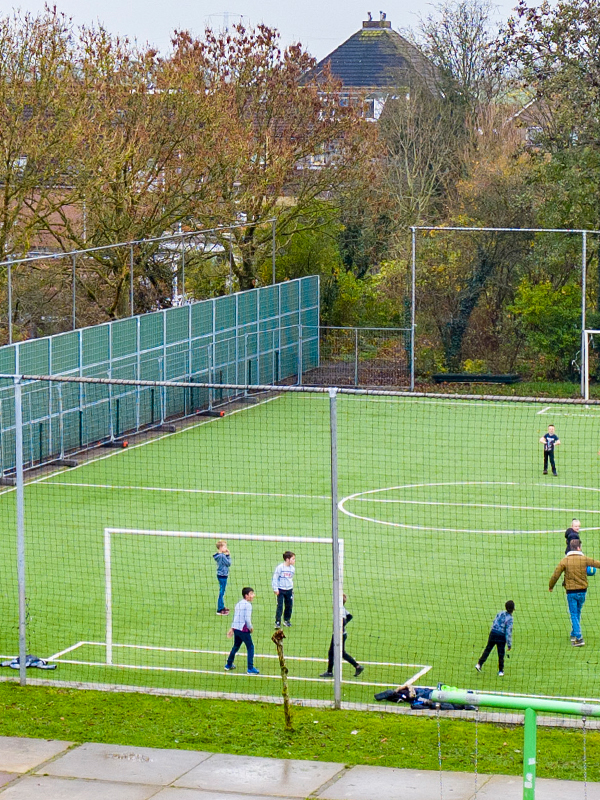

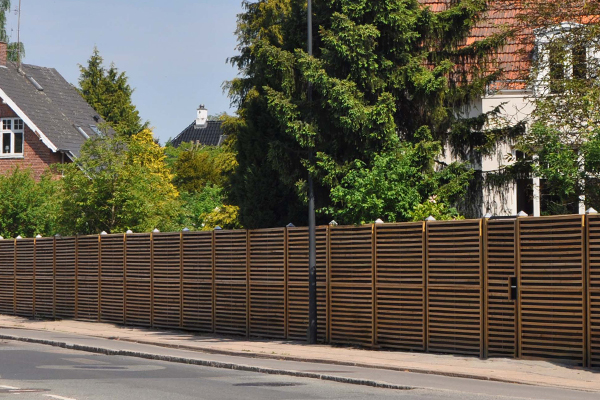
A solution for every noisy location
Noise-reducing panels are versatile solutions designed to minimize noise pollution and create more pleasant environments. Explore the many applications of noise barriers::
- Public spaces and parks
- Commercial and industrial sites
- Schools and sports fields
- Highways and railways
- Residential areas and new developments
- Garden and property fencing
- Noise control for equipment like heat pumps or construction sites
Inspiring noise barrier projects
More case studiesBy submitting this request, I agree to the privacy statement
A simple process
We start with a no-obligation consultation
Budgeting, planning, and quotation
Installation and delivery
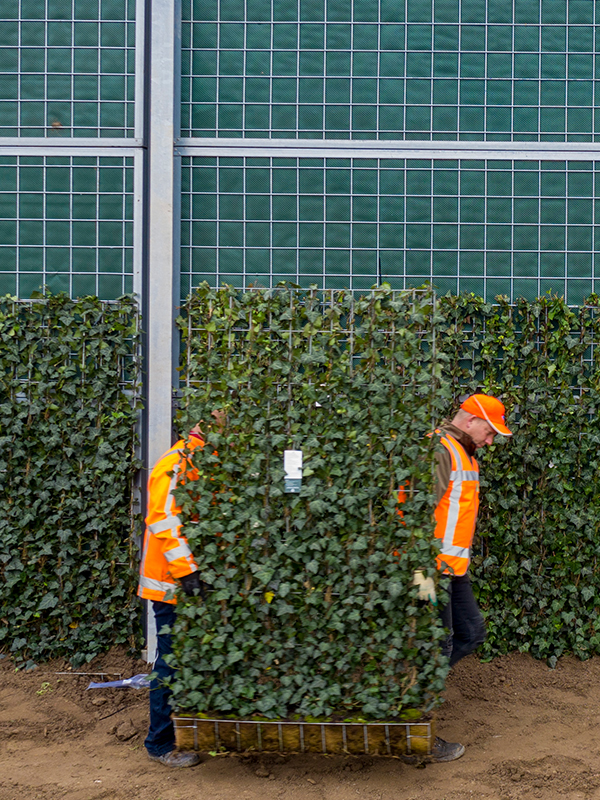
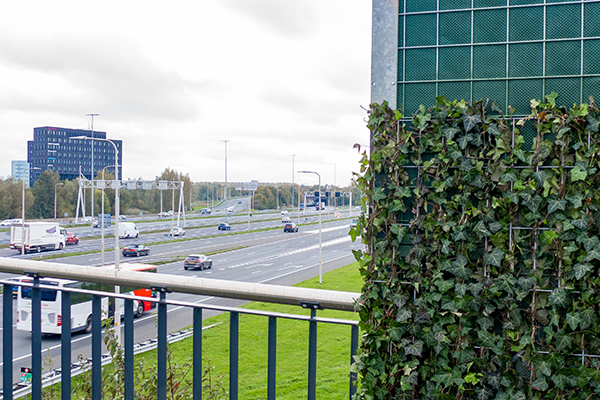
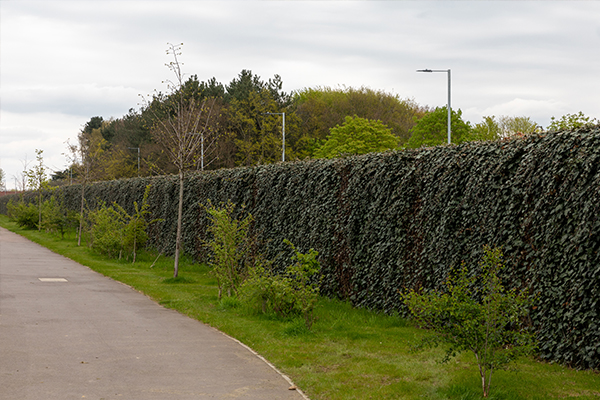
The green noise barrier
The green noise barrier—like the NoiStop barrier with a Ready-to-Use Hedge—is widely used alongside busy roads and highways thanks to its dual function: effective noise reduction and immediate visual greening. With its fully grown hedge, it not only acts as a natural sound buffer but also helps improve air quality. Research shows that these green noise barriers capture 40–60% of fine particulate matter, making them ideal for traffic-heavy areas. They contribute to cleaner, healthier living conditions in densely populated or industrial zones.
Noise regulations
Governments set noise level limits to regulate how much sound can be produced in specific areas. These regulations help mitigate the impact of noise pollution. Noise barriers are highly effective at reducing external noise by either blocking or absorbing sound waves.


How noise barriers can transform residential areas
Noise pollution is a common concern for homeowners and can severely impact comfort and wellbeing. Constant sounds from traffic, neighbors, construction, or other sources can lead to irritation, stress, and sleep disturbances. In densely populated areas or along busy roads, peace and quiet are often hard to find. Many people are therefore looking for smart ways to insulate their homes or enhance their gardens with sound-reducing features such as hedges or green walls. After all, a quiet environment is essential for a healthy and pleasant home.
Frequently Asked Questions
All FAQsYes, green noise barriers are highly effective at reducing noise pollution, especially when well-designed and properly maintained. Plants not only absorb sound, but also improve air quality, provide shade, and support biodiversity.
Sound insulation refers to how much sound is blocked from passing through a barrier. Sound absorption is the extent to which sound is absorbed rather than reflected. NoiStop noise barriers are unique because they both block and absorb sound.
NoiStop noise barriers are built from modular panels with a core of specially compressed stone wool. This provides excellent insulation and significantly reduces ambient noise. Mobilane Ready-to-Use Hedges are placed in front of the panels, creating an instantly green wall.
Yes, noise barriers can be both functional and visually attractive. Green barriers add natural beauty to the environment, while materials like wood can offer a warm, appealing look.
Costs vary greatly depending on the type of barrier, its size, location, height, and the complexity of the design.
Subsidy availability varies by municipality and province. It’s best to check with your local government. Businesses may also qualify for the MIA/VAMIL tax schemes, which support sustainable and eco-friendly investments.
Noise barriers can have both positive and negative impacts. Green noise barriers can promote biodiversity by providing habitats for plants and animals. Earth berms can enhance the natural landscape. On the other hand, solid, non-living barriers might disrupt ecological movement or water flow.
Maintenance depends on the type of barrier. Green walls require regular care such as pruning, replacing dead plants, and ensuring adequate watering and nutrients.
By submitting this request, I agree to the privacy statement



















